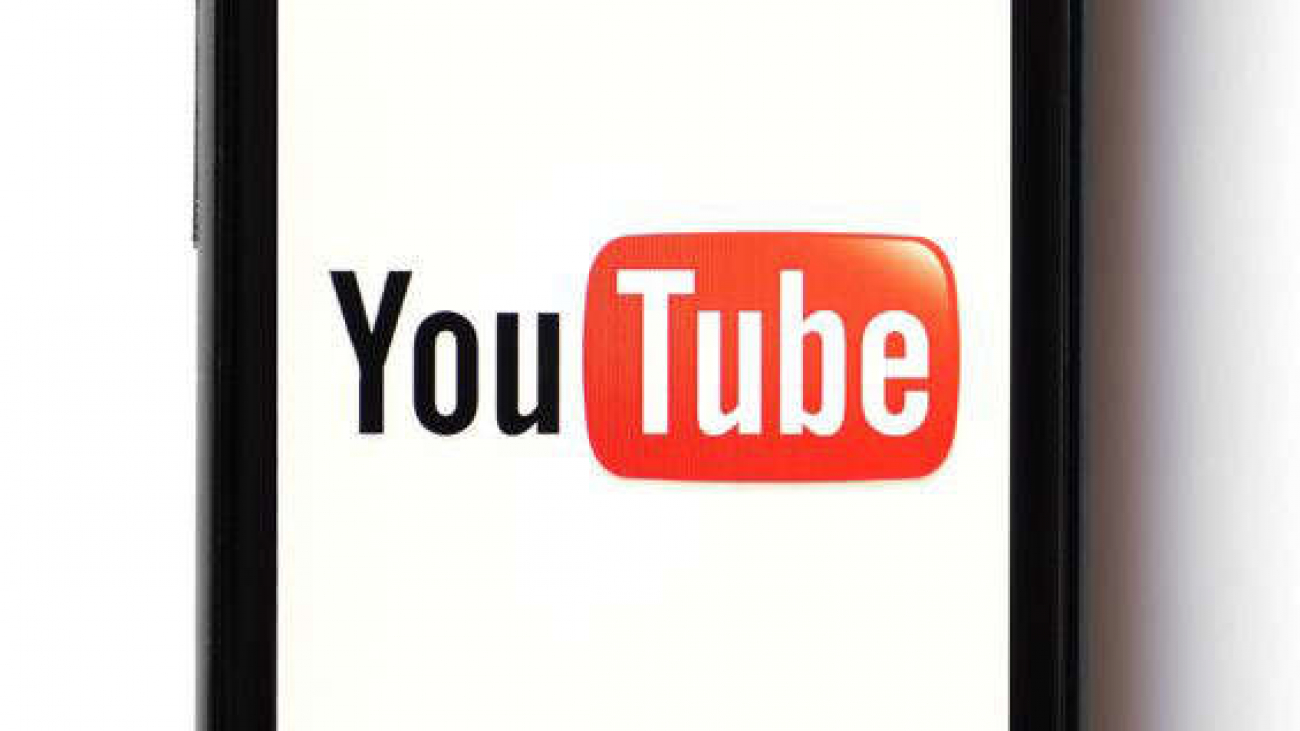Hours of video uploaded per minute? 100.
Users? 1 billion.
Video views per day? 4 billion.
Hours of video watched per month? 6 billion.
The cost of advertising on YouTube? Kind of pricey (but worth it).
The power of YouTube in today’s marketing environment is significant. It has an enormous viewership and advertising has become a highly integrated part of the entire experience. We will aim to shed some light on how YouTube advertising works, with specific reference to the TrueView platform that YouTube offers for advertisers.
Why use YouTube advertising?
The most apparent benefit of advertising on YouTube is its audience. YouTube receives 4 billion video views per day, which is an increase of over 50% from last year. This massive viewership, combined with a plethora of genres and audiences, provides a great basis for highly targeted marketing. Advertisers can target viewers based on what kind of videos they watch or they can target certain types of videos in order to attract certain viewers.
YouTube’s reach spans more than just the website itself. Any site that has a YouTube-embedded link inside of it can be a source of advertising. Media sites, news sites and entertainment sites all have YouTube videos embedded within them and therefore can all be used as potential vehicles for advertising.
What is TrueView?
TrueView is a YouTube video ad format that gives the viewer options, the most common of which is the ability to skip the advertisement after five seconds. It is a pay-per-view advertising service. This means that advertisers are charged a certain rate every time someone views the entire ad.
There are three ways to use TrueView:
- In-Stream
- In-Search
- In-Display
Let’s take a closer look at each of them.
1. In-Stream
TrueView in-stream ads are commercials that appear before (pre-roll), during (mid-roll) or after (post-roll) the ad partner’s video. Viewers may watch the entire ad, part of it, or skip it after at least five seconds of play. The advertiser pays only when at least 30 seconds or the entire ad is viewed (whichever is shorter).
The benefit of this option is that it lets advertisers know who is really watching the entire ad (and therefore, how many “true” views the ad received). This gives more accurate data for analytics and also enables advertisers to save money on viewers that actually watch their ads.
According to VideoNuze.com, the abandonment rate for skippable pre-roll ads was 18% lower than the rate for ads that don’t offer that option. The site also reported that almost 50 percent of viewers watch pre-roll ads to the end, even if they have the option to skip the commercial.
2. In-Search
These ads appear inside search result pages for YouTube. They can be customised to appear when users search certain keywords. They appear at the very top of the results (similar to Google AdWords ads) and are charged on a pay-per-view basis.
The benefit of this option is that it can drive users to your YouTube page at no extra cost. If they enjoy the content they will most likely subscribe to your channel so they can be targeted in the future.
3. In-Display
These ads YouTube promoted videos overlay, in video suggestions and related videos. Like in-search videos, they are on a pay-per-view basis.
According to expendedramblings.com, advertisers spent $5.6 billion on YouTube in 2013. This indicates where the market is heading in terms of which media platforms are being utilised. YouTube is a fantastic tool for spreading advertising messages and should be considered for any ad campaign that has the appropriate budget.



